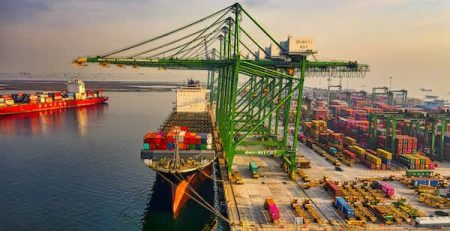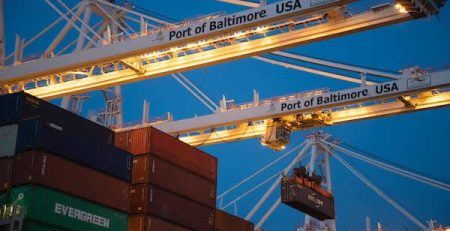The outbreak of the COVID-19 pandemic in late 2019 had a profound impact on global logistics and supply chains, disrupting operations, causing delays, and exposing vulnerabilities in the interconnected nature of global trade. In this post, we’ll explore the far-reaching effects of COVID-19 on logistics and supply chains and how businesses have adapted to navigate these unprecedented challenges:
1. Disruptions in Transportation:
- COVID-19-related restrictions and lockdowns led to widespread disruptions in transportation networks, including closures of borders, ports, and airports. Reduced air travel, limited shipping capacity, and disruptions to trucking routes contributed to delays in cargo shipments and increased transportation costs.
2. Inventory Shortages and Stockouts:
- Supply chain disruptions and production shutdowns resulted in inventory shortages and stockouts across various industries. Panic buying, hoarding, and increased demand for essential goods further strained supply chains, leading to shortages of critical supplies and consumer goods.
3. Shifts in Consumer Behavior:
- The pandemic prompted significant shifts in consumer behavior, with increased demand for e-commerce, home delivery, and contactless shopping. Businesses had to adapt their logistics and fulfillment strategies to meet changing consumer preferences and ensure the availability of goods amid supply chain disruptions.
4. Supply Chain Resilience and Agility:
- COVID-19 highlighted the importance of supply chain resilience and agility in responding to unexpected disruptions. Businesses that had invested in robust supply chain management practices, diversified sourcing strategies, and agile logistics networks were better equipped to adapt to changing market conditions and mitigate the impact of disruptions.
5. Emphasis on Digitalization and Automation:
- The pandemic accelerated the adoption of digital technologies and automation in logistics and supply chain management. Businesses invested in digital platforms, e-commerce solutions, and automation technologies to streamline operations, enhance visibility, and improve efficiency in response to the challenges posed by COVID-19.
6. Collaborative Supply Chain Partnerships:
- Collaborative partnerships and supply chain alliances became essential for managing disruptions and building resilience. Businesses collaborated with suppliers, logistics providers, and other stakeholders to share information, coordinate responses, and develop contingency plans to mitigate the impact of COVID-19 on supply chain operations.
7. Long-Term Implications and Adaptations:
- While the immediate impact of COVID-19 on logistics and supply chains has been significant, the pandemic has also prompted businesses to reevaluate their supply chain strategies and make long-term adaptations. From diversifying sourcing strategies to investing in risk management and contingency planning, businesses are taking steps to build more resilient and agile supply chains capable of withstanding future disruptions.
In conclusion, the COVID-19 pandemic has had a profound impact on global logistics and supply chains, disrupting operations, reshaping consumer behavior, and highlighting the importance of resilience and agility in supply chain management. While the challenges posed by the pandemic have been significant, they have also spurred innovation, collaboration, and adaptation, leading to the development of more robust and resilient supply chains capable of navigating future uncertainties with confidence.











